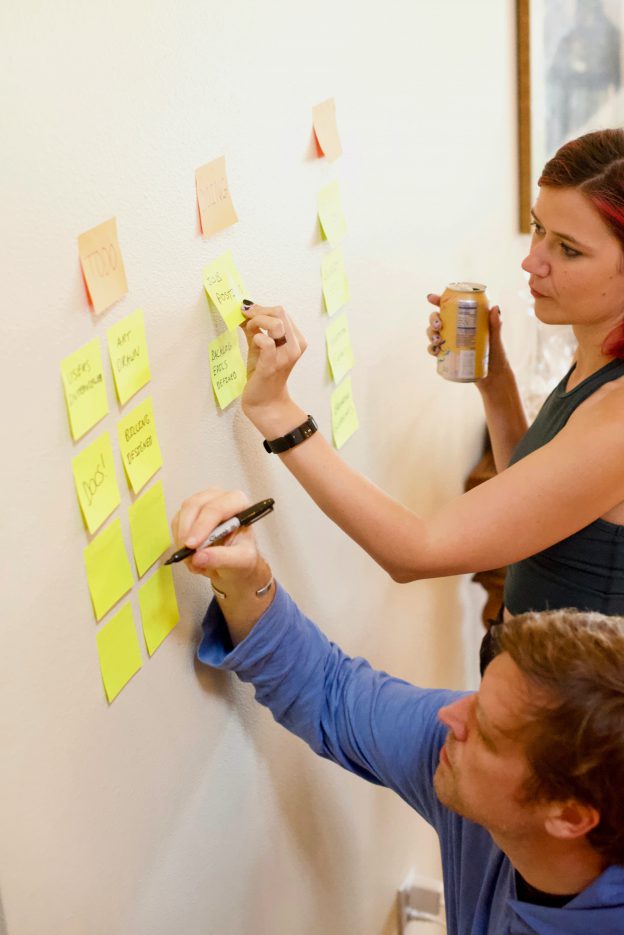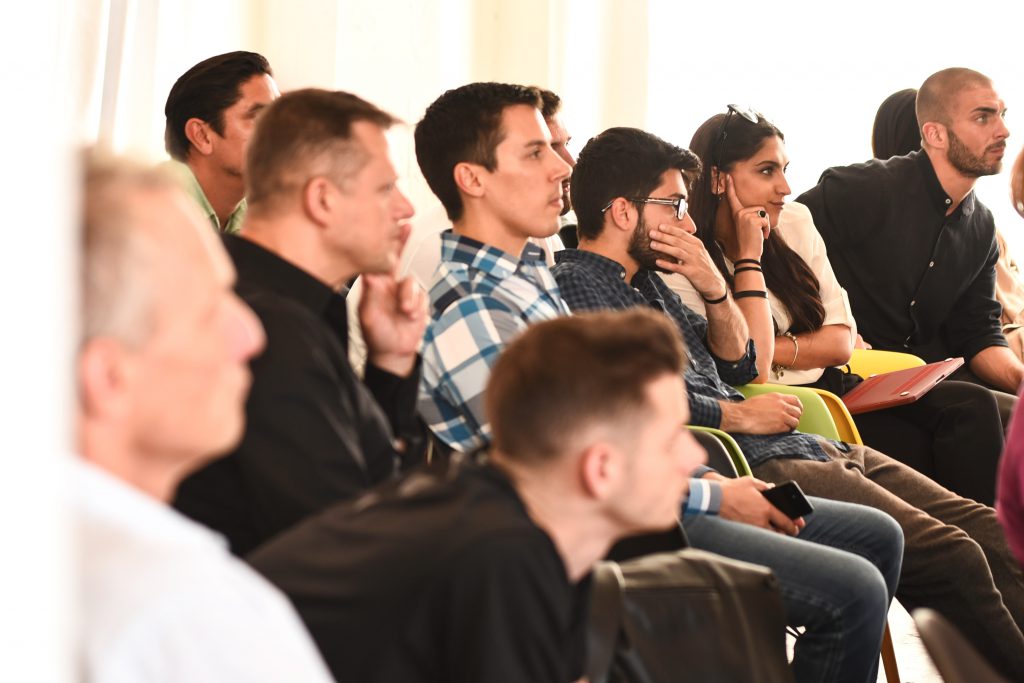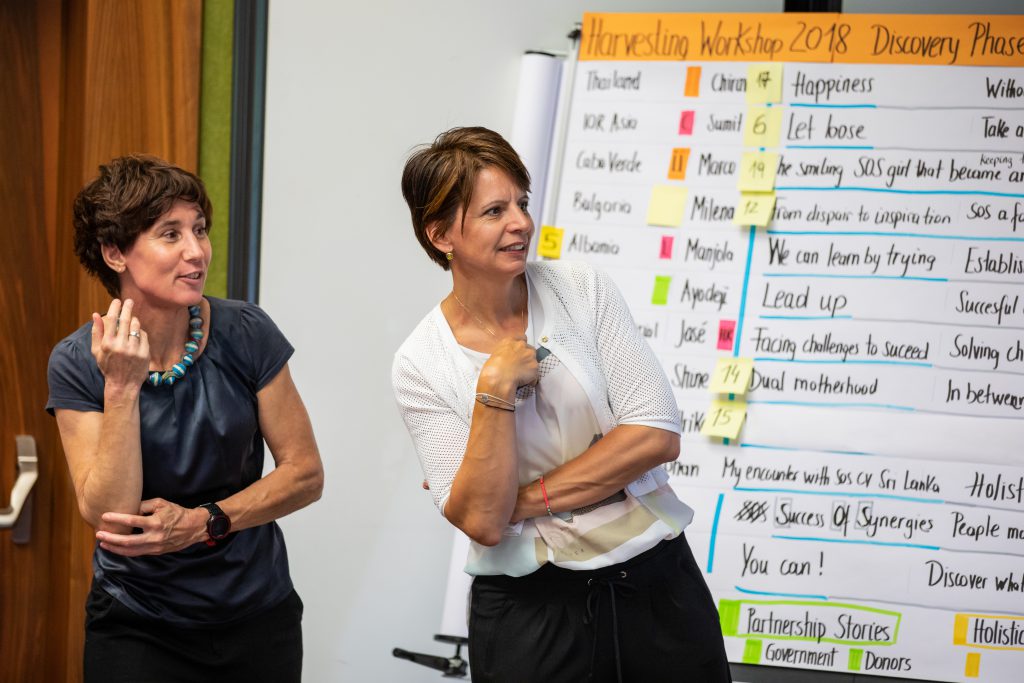
Training in a double pack
Booking two trainers for a seminar is a quality standard in many trade union educational institutions. Trainers themselves have different experiences and preferences. Not everyone sees team teaching, as training in pairs is often called, as the best option. As in any team, good cooperation is not something that happens automatically, but requires extra effort.
Would you like to learn why team teaching can not only be more fun, but also increase the quality of learning processes and contribute to your development as a trainer? Then you may find reading on worthwhile.
jjjjjjjjjjjjjjjjjjjjjjjjjjjjjjjjjjjjjjjjjjjjjjjjjjjjjjjjjjjjjjjjjjjjjjjjjjjjjjjjjjjjjjjjjjjjjjjjjjjjjjjjjjjjjjjjjjjjjjjjjjjjjjjjjjjjjjjjjjjjjjjjjjjjjjjjjjjjjjjjj
Where does the team teaching concept come from?
The concept of team teaching originated in the field of inclusive education. The inclusion of children with disabilities in mainstream education brought with it the need for additional support staff, although the roles and tasks that an additional teacher takes on in the classroom are sometimes defined very differently.
In the school sector, we also know team teaching from New Middle Schools (NMS), where this model has been successfully applied and researched for several years. In this blog post, I would like to try to translate these findings into the reality of adult education and give suggestions on how training in a team can be transformed from an often practised side-by-side or one after the other into a TOGETHER.
What are the potentials of team teaching?
Team teaching can make a significant contribution when it comes to aligning learning processes more closely to the needs of the learners. There are new possibilities for work formats (differentiation) and social forms (e.g. interest-led work in half groups). Here is a more detailed description of the methodological possibilities that arise through team teaching.
The first argument for two trainers is often the group size. In adult education, a standard group size of 12 people has established itself. From a group size of 12 onwards, working with two trainers is usually easier to argue for, because hiring two trainers often falls victim to financial resources, despite the awareness of the quality gain.
If you ask the learners for their feedback at the end of a seminar, in my experience team teaching is experienced as enriching 100% of the time. The learners emphasise that they benefit from the diversity of the trainers. This diversity refers to the trainer’s personality, but also to the variety of approaches and methods that are made possible by training in pairs.
Criteria that are decisive when putting together teams of trainers often refer to a greater variety of perspectives that the trainers can bring in through their different experiences and fields of expertise.
The following criteria are often used:
- Gender (in a hetero-normative way often as a man-woman combination).
- professional experience (e.g. trade union experience and content-related expertise)
- Membership of a particular social group (e.g. person with a history of refuge, experience of discrimination, etc.).
Training in a team as quality assurance
Here is a brief insight into my own experience with „team teaching“. From the trainer’s point of view, I experience team teaching as a form of quality assurance. Leading a seminar together with a colleague broadens my perspective on the learning process. This begins with the preparation, where more questions and perspectives arise through joint brainstorming, to the development of the training design and the implementation and follow-up. But it is not only in the planning of content and methods where I experience training with others as enriching. During the training, taking responsibility for the content in turns gives me the opportunity to concentrate more on observing the overall process. This allows for new perspectives on the learning process, which often raise relevant control questions and which then, in consultation with the team, make it possible to adapt to the learners, their previous experiences and needs as well as the current group process. Thus, I experience myself as more reflexive and sometimes also more courageous in team teaching compared to training on my own. I can better recognise the needs of individual learners and, if necessary, respond to them in a more „situation-elastic“ way, e.g. by redefining a task for group work in order to make optimal use of different previous experiences. It is also easier to perceive and respond to tensions in the group in the trainer team, because I can compare my own perceptions with those of my colleague, which makes it easier to decide on possible interventions.
It’s not easier, but it’s better
Some trainers find training in a team exhausting because of the increased need for coordination. In the tradition of the closed-door classroom, it is not easy for some trainers to let their colleagues look over their shoulders. Their own insecurities and a sense of competition can make collaboration difficult. The challenges may already become apparent during planning and coordination. Most of the time, they become really virulent when you stand together in front of a group. Learners sometimes have a keen sense of the nuances of disagreement and can escalate them consciously or unconsciously, which can put teams of trainers in challenging situations. The disagreements, whether overt or covert, have a lot to do with the lauded difference. The differences show up on different levels:
- Different demands (accuracy of training design, design of flipcharts, time required).
- Needs (detailed planning versus rolling design, early closing time versus in-depth reflection)
- Understanding of the trainer role (knowledge broker, learning facilitator).
These are some examples where tensions can be felt and where clarification is helpful.
What does it take for team teaching to succeed?
Team teaching is not a success story per se. Cooperation in a team is built on good communication, but also on the ability to master challenging situations together. „Team teaching starts above all with an open and appreciative attitude and the willingness to cooperate, not only in terms of planning activities, but rather also in terms of social-emotional dimensions.“
In their handouts on team teaching, Maria Wobak and Wolfgang Schnelzer refer to the following factors, which seem to me very helpful for jointly leading seminars and courses (see p.6).
- Consensus on rules and norms
- Cohesion in different situations and stress tests
- Coherence and connectedness of different perceptions and evaluations and actions derived from them (contingency)
- Development of a common language and world of thought for understanding and communication in the intermediary space (consistency)
- Continuity in the face of personnel changes and altered constellations (configuration)
- Binding to supra-individual motives, agreements and interests (identity)
- Growing together on (common) tasks with individual differences (co-evolution).
In my opinion, the aspect of cohesion, which also shows itself in the consensus on norms and rules, is particularly central. This cohesion comes from engaging in the process, which goes beyond pragmatic planning and running of a seminar. It includes the exchange about common values and attitudes in the training, the reflection of dynamics in the group and towards the trainers. Then team teaching becomes a peer cooperation with added value. I, for one, would not want to do without it.
Read on for more:
- Krämer-Kilic, Inge (2009): Two educators teaching together (team teaching). Aspects of implementation in joint teaching (inclusion). Available online here.
- Wobak M., Schnelzer W. (2015): Teamteaching. Collegial cooperation for successful teaching and learning. Ed. by the Federal Centre for Learning Schools (ZLS) (ISBN 978-3-903116-00-9). Available online here.
- Teamteaching – „The power of two or more!“
- Teamteaching – Method pool of the University of Cologne
- Teamteaching – Internal differentiation through individual support
Author: Margret Steixner
Translation: Astrid Donaubauer
Want more? You can find all the articles in the series HERE!

Dieses Werk ist lizenziert unter einer Creative Commons Namensnennung-NichtKommerziell-Weitergabe unter gleichen Bedingungen unter gleichen Bedingungen 3.0 Österreich Lizenz.
Volltext der Lizenz




